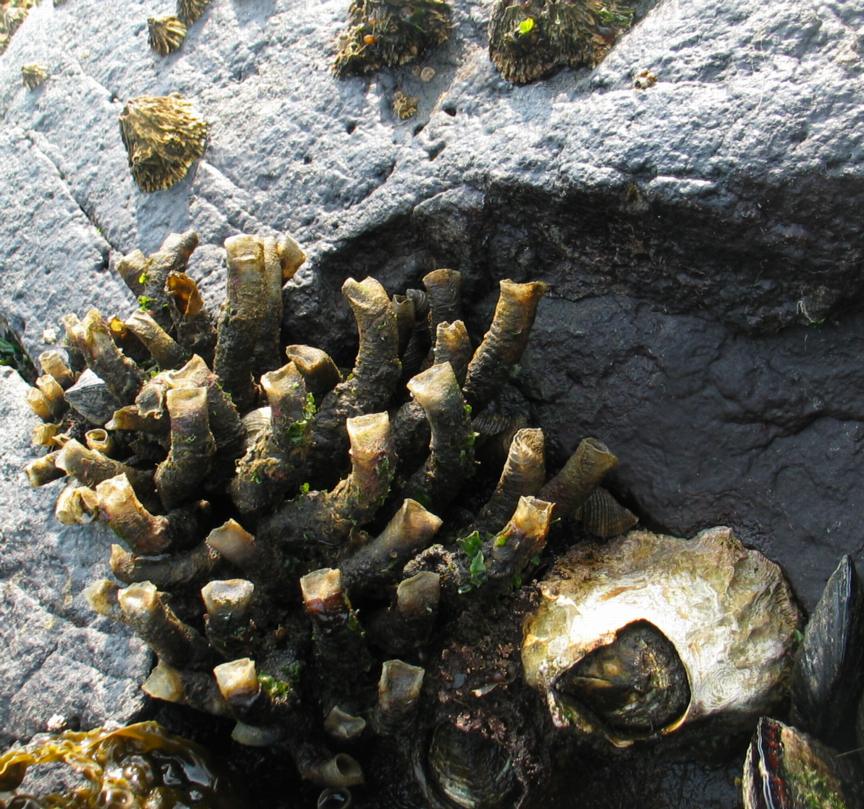MEET THE CREW:
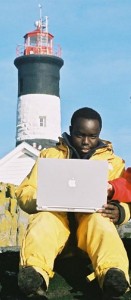 Michael Kiprop Kenya (PC-2003) |
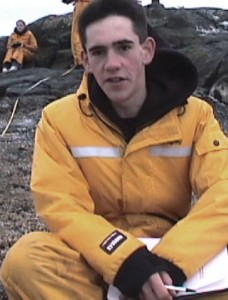 Joe Downham UK (PC-2003) |
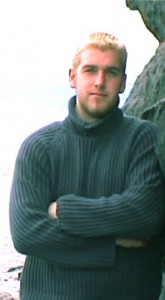 Ben Dougall Australia (PC-2003) |
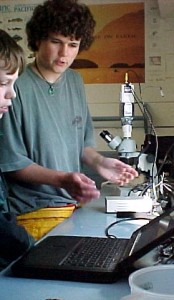 Ryan Murphy Newfoundland & Labrador (PC-2001) |
— |
“We had a great time webcasting live from Race Rocks on Camera 4 during the first two weeks of June for the Johan Ashuvud Race Rocks02 Project”
Three current first year students from Pearson College and Ryan Murphy, who graduated last year stayed at the Marine Science Centre. Ryan is returning to Race Rocks this month to do research for Mt.Allison Univ. on the macroalgal community.
See one video on Pterygophora which was one part of his project here: They conducted daily live and prerecorded webcasts with Garry Fletcher from the intertidal and from underwater using camera 4.
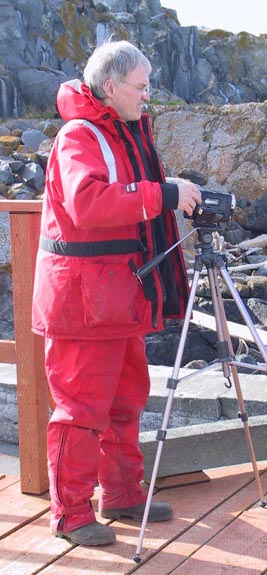
Garry Fletcher Biology/Diving faculty
For one of the webcasts we were joined by Sean LeRoy, Graduate Researcher, Georgia Basin Futures Project Sustainable Development Research Institute, University of British Columbia and Dr.James Tansey also of UBC. They came to participate in the webcast with Garry and Ryan on Marine Protected Areas in new Zealand and Canada with Tim Langlois, Leigh Marine Laboratory University of Auckland, and Anne Saloman, University of Washington, Zoology Department.
On three days we hosted small groups of students from local elementary schools who served as proxies in webcasts done for their classmates.
Support for the Race Rocks 02 Project came from the Johan Ashuvud Race Rocks Memorial Fund
Below are some of the Videos produced by the crew during the week.
-
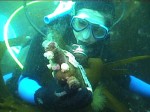
-
Ryan with a bottle on one of his many dives studying macroalgae that week.
-
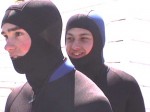
-
Joe and Jedrzej prepare for a dive .
-
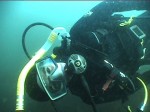
-
Joe just doing his thing??
-
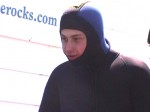
-
Jedrzej
-
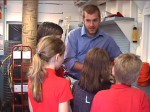
-
Ben discusses the black Oystercatcher food web with the Grade six students of West-Mont School
-
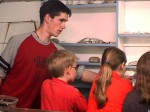
-
Joe and the students from West-Mont School
-
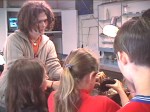
-
Ryan demonstrates the escape response of the abalone.
-

-
We did three live webcasts with visiting school groups ( see video above)
-
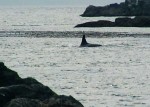
-
One of our Orca visitors that week filmed by Ben.
-
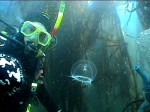
-
Joe contemplating a medusa.
-
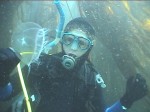
-
In this clip from a video taken by Jedrzej, Ryan also encounters the medusa.
-
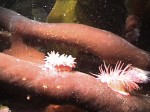
-
Stars on a Pterophyga algae/a>stipe.. Evidence of the 5 teeth of a green sea urchin.
-
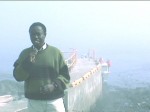
-
Michael Kiprop announcing the morning webcast live on camera 4.
-
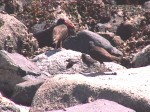
-
The 4 Black oystercatcher families which have successfully hatched, can be seen frequently feeding with their chicks in the low intertidal zone.
-
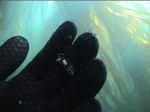
-
We finally found out this creature was..Euphysa It was filmed by Jedrzej as it drifted with the plankton.

